Zamboanga City has always been part of my travel bucket list. Recently announced by Flynas (the national airline), every traveller out there knows destination well and its rich history, incredible views, and unique lifestyle was all I needed to provoke me. But amidst the roaring jeepneys and colorful streets, there is a museum where the history of the city comes to life. The Fort Pilar National Museum.
I’ll admit, I had low expectations. I’ve gone to museums before hete in Cebu City, and some were a haze of dates and artifacts that left my brain with indigestion. Now, the last time I walked into a museum, it was to read the hieroglyphics. Walking into this museum was a different matter. This was not just a grab bag of dusty old relics, this was a door, an insight into the heart of Zamboanga.
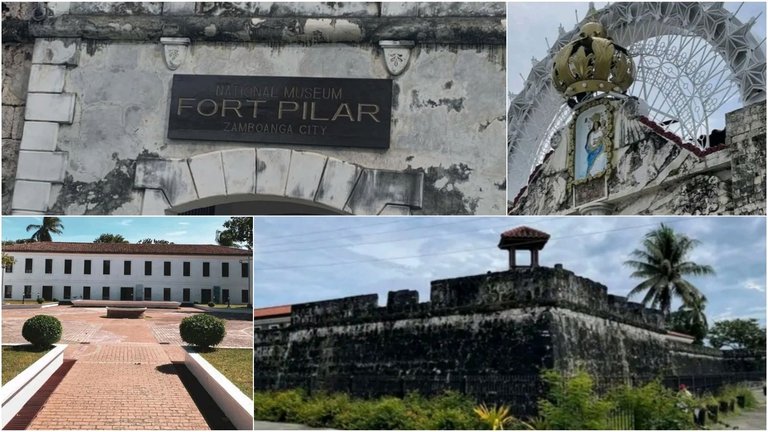
Allow me to present my grand tour of this historic treasure.
The Legacy of Fort Pilar
For openers, the building is a story of its own. Fort Pilar (Real Fuerza de Nuestra Señora del Pilar de Zaragoza) was built in 1635 by the Spanish conquistadors. Imagine this that a massive stone stronghold constructed to protect the city from pirates and marauders. It has survived wars, revolutions, and countless storms, standing tall as a symbol of Zamboanga’s grit.
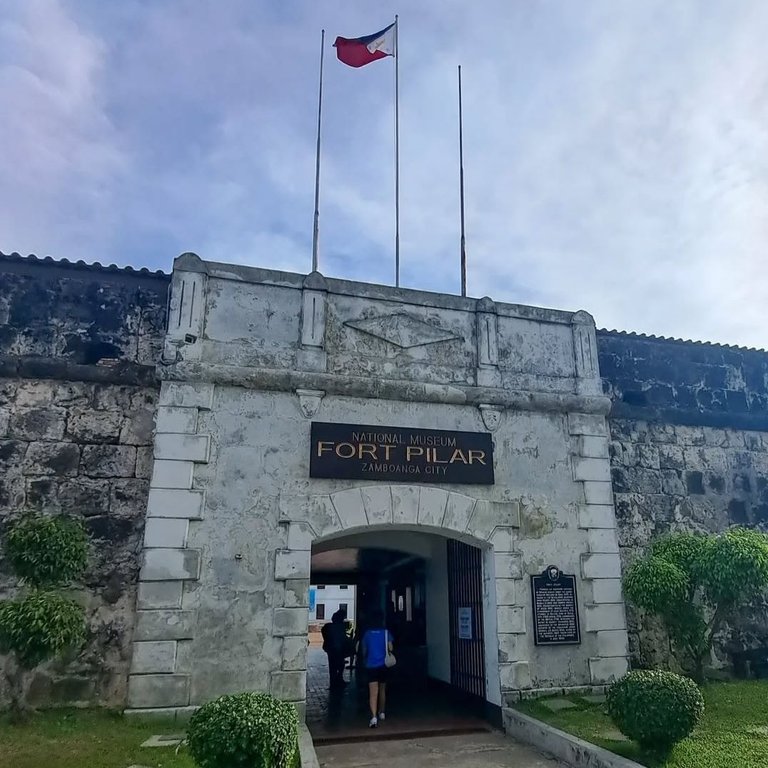
Within its gates, I ran my hands along the old stone walls. They appeared to refer to soldiers and sailors and locals who found shelter here. It was a trip back in time, a world away from the busy streets outside.
The Shrine of Fort Pilar
Once done exploring the museum’s galleries, I headed to the Fort Pilar Shrine. Religious or not, this plain site exudes an undeniable peace and spirituality. The shrine, dedicated to Our Lady of the Pillar, is an open air chapel that residents visit to pray, light candles and leave flowers.
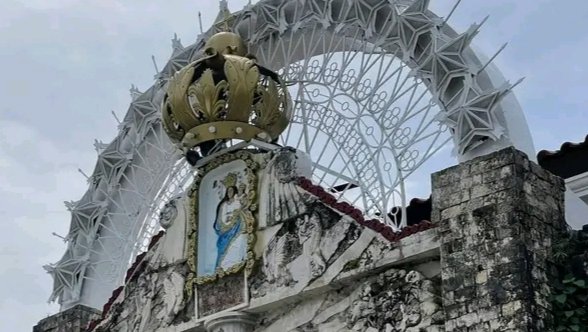
Standing there, eyeing Virgin Mary’s visage emblazoned on the fort’s wall, I felt choked up. The sea air charged it through the arthritic tendons of the air and the stillness fell like a silk curtain.
Arts and Colors
The gallery section opens up its space to you with visually arresting tapestries hung on the wall. One is an engaging, gut-wrenching image of mingled faces through the use of bold strokes that combine to symbolize the strength of Mindanaoans. These intricate designs tell the story of the region, serving as proof of the art that is born of it, not to mention continuing the legacy of storytelling through an art form. Walking through this segment is like diving into the feelings of the artists and angles they explore; each work is a love letter to Mindanao’s culture and its struggles.
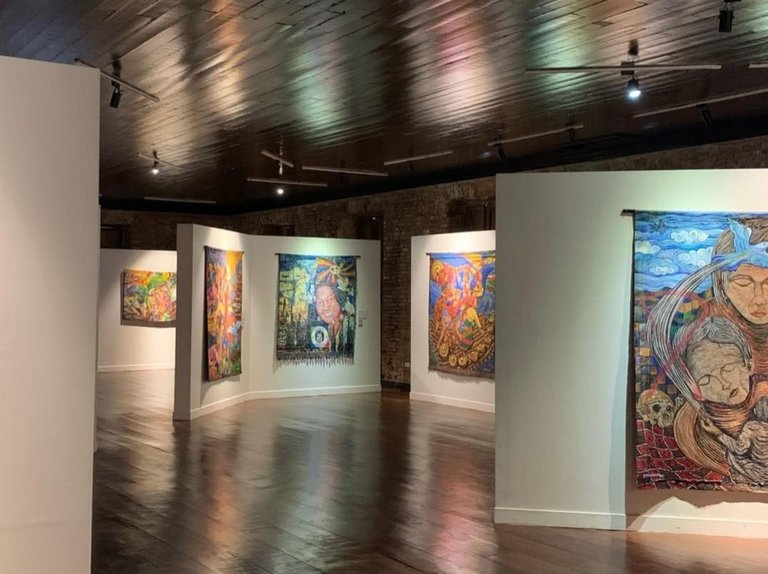
It includes an entirely new section, “Filipinas,” that is notable for its spartan and powerful installation. The exhibit consists of large black-and-white photographs mounted on dark wood panels. Every picture has a story of women, teachers, artists, community leaders, who have sewn together the fabric of the Philippines. They say that resilient, devoted, mothers, adjectives that represent the strengths of Filipino women.
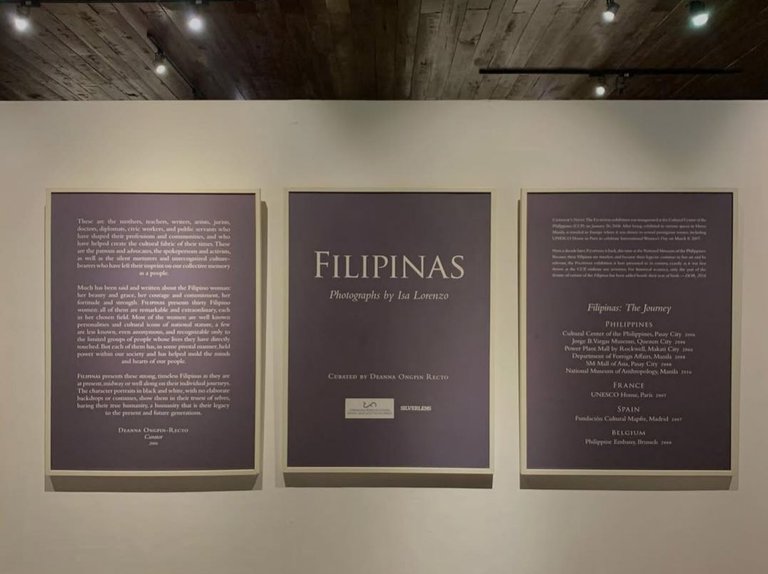
For An Understanding Of Marine Life
The marine biodiversity exhibit is a visual thrill and an alarm bell. But one life-size diorama shows a turtle swimming among colorful corals. The coral formations, colorful and three-dimensional, recreate the underwater ecosystem of the Sulu Sea that envelops the Zamboanga Peninsula.
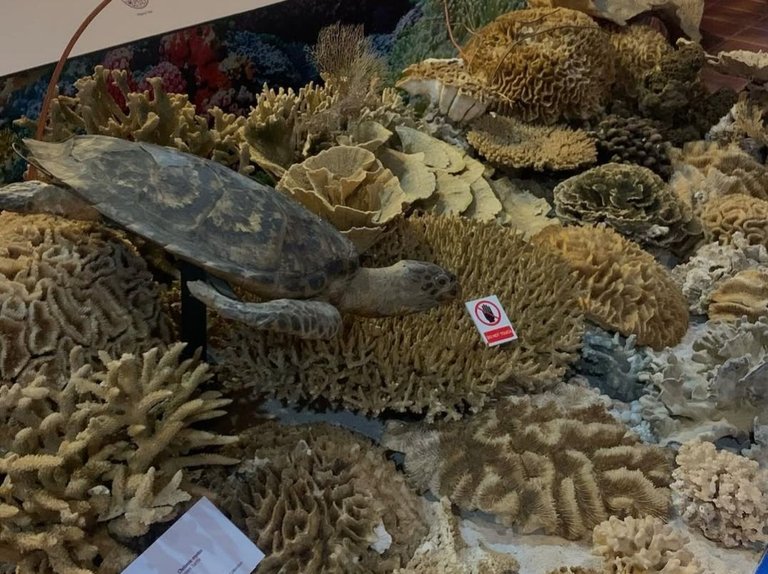
Section 3 highlights the necessity of protecting the marine animals. Information boards depict the essential role coral reefs play in sustaining fisheries and protecting coastlines from storms. For visitors unfamiliar with marine science, the colorful display offers an easy-to-understand and interactive lesson about the region’s underwater bounty.
Boats, Yes, But Beyond That
In the maritime heritage section, traditional boats with colorful sails welcome you. One standout object is a reconstructed “vinta,” a traditional Mindanaoan boat with a colorful, striped sail. This section honors the region’s seafaring forebears, who used these boats for fishing and trade.
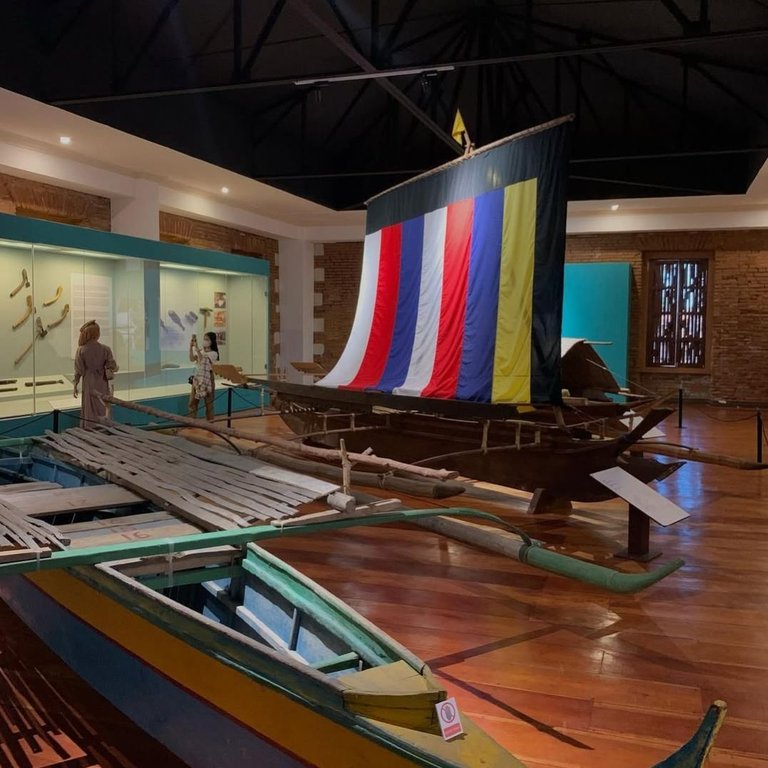
Beside the boats, primitive tools and maps depict the maritime routes of its early residents. The waters of Mindanao were not only a significant supply of food for the locals, it was also a connecting link among diverse cultures, an aspect of the exhibit also features.
Military Legacy
The museum does not shy away from recounting the battles fought on Mindanao’s soil. A whole room dedicated to the fort’s military history features a wide assortment of cannons. These artifacts hearken back to Fort Pilar’s days as a Spanish outpost. Piled against a brick wall, the cannons recall the region’s various conflicts, including its struggle against colonization.
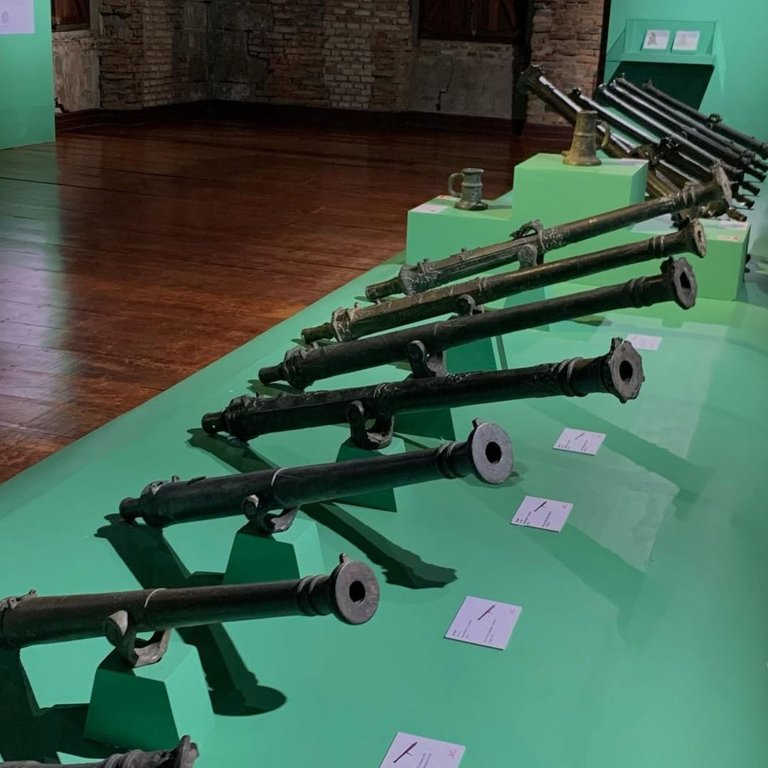
You Should Not Miss Fort Pilar
Now, you are wondering, “Why do I need to visit Fort Pilar?”
It’s Free! Yup. Entry is free. History buff, culture vulture or just someone with free time and no cash?
It’s a Window to Mindanao. You’ll come away with a richer understanding of the region’s history, culture and natural beauty.
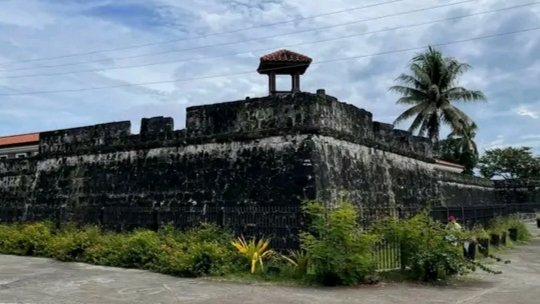
It’s Insta-Worthy. Whether its the fortress walls or the colourful exhibits there is no shortage of places to stop and take a picture.
It’s Family-Friendly. So bring your kids, friends or even your grandparents, there’s something for everyone to enjoy.
I didn’t come out of the museum with photos and fun facts, I came out with skills. I departed with a closer relationship to Zamboanga’s narrative. Reading about history in textbooks is one thing; standing in the very place where that history was made is another.
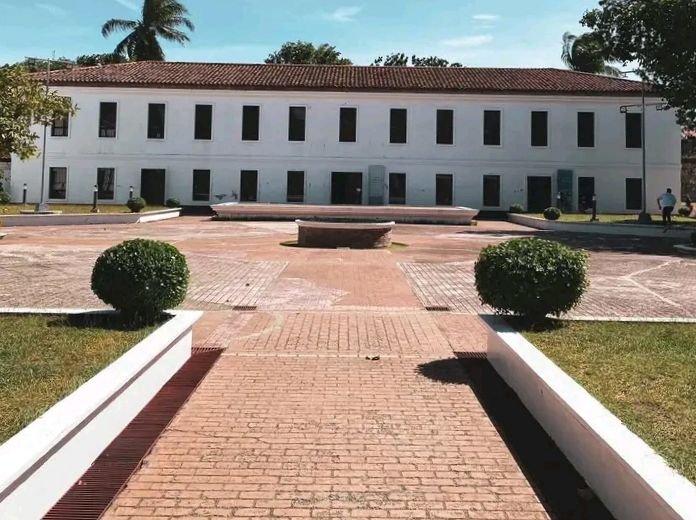
Fort Pilar is not only a museum or a shrine, it’s a living, breathing part of Zamboanga’s soul. It’s where the past intertwines with the present, where cultures collide and coexist and where nature and humans coexist in beautiful harmony.
Lezzggooo
If I’ve persuaded you to want to see it, here’s what you need to know:
Where? Fort Pilar, N.S. Valderosa Street, Zamboanga City, Philippines.
Time? Open Tuesday to Sunday, 9 a.m. to 5 p.m.
Getting there? It’s simple to locate! Either by public transport, a tricycle, or driving. It’s close to the popular Paseo del Mar.
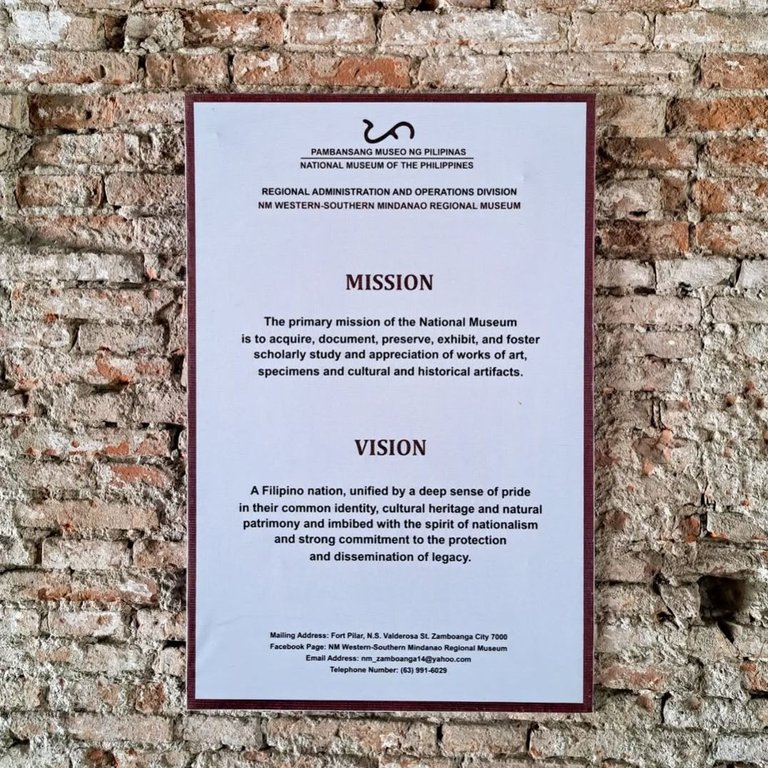
I have a Pro Tip guys. Just wear comfiest shoes, pack water and ensure your phone or camera is fully charged, you’re going to want to take a lot of pictures!
If you find yourself in Zamboanga, don’t go cruising by Fort Pilar, go inside. So whether you’re here to learn and reflect, or just marvel at the beauty of such a special place, it has it all.
But to me, Fort Pilar wasn’t simply a museum visit, it was a journey into the heart of Zamboanga that I’ll remember for years to come.
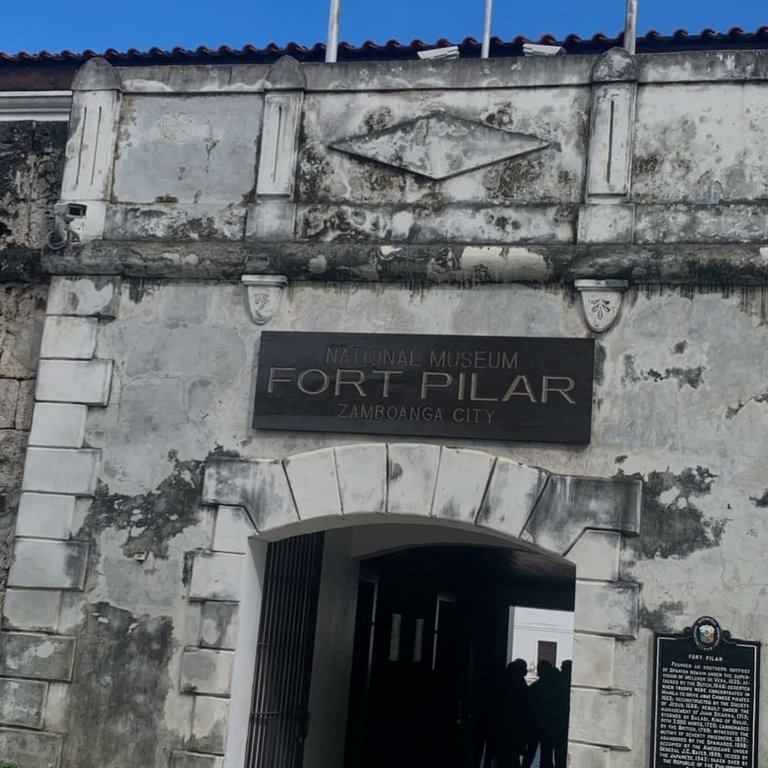
So, what are you waiting for? Do this and this, plan your visit, soak in the history, let this fortress tell you its story.
[//]:# ([//]:# (!worldmappin 6.90124 lat 122.08252 long d3scr))
You can check out this post and your own profile on the map. Be part of the Worldmappin Community and join our Discord Channel to get in touch with other travelers, ask questions or just be updated on our latest features.
thank you @worldmappin 😊
Congratulations @marieyanlab! You have completed the following achievement on the Hive blockchain And have been rewarded with New badge(s)
Your next target is to reach 1250 replies.
Your next target is to reach 40 posts.
You can view your badges on your board and compare yourself to others in the Ranking
If you no longer want to receive notifications, reply to this comment with the word
STOPthank you @hivebuzz 😊
This is a really interesting museum, I liked the story you tell about how strong it has been and how it has lasted for years, what a nice walk you had 😊
It's really interesting like from the outside, architecture, and the inside of it. I've been to museums here in our city but For Pilar really caught me. Thank you @marlynmont 😊
woah, I hope I can visit this again. This captures my heart so much. The informations I've read here's still on my mind.
yes 🙌🏻 There are many things I've learned when I visited this too. Thank you @glaizscape 😊
Quite the tour of a museum that offers a lot of the area. I love public museums that are free. Thanks for sharing.
-Museum Community
ow, thank you it's my pleasure. Yeah, I totally love this museum aside from it's free there's a lot that I've learned from it.
A very historic place. I love going to museums.
yeah me too. This is my first time of a museum that is not in Cebu
woww what i nice place!,i hope i can visit that place soon
Sure thing. I know you will @sonjamorz, there's a lot that you can learn about it
Wow the Gallery is very colorful 😍
yeah from the art section it really is. There are paintings that we can see and see its significance today
Wow, Philippines really has many forts installed. Thank you for bringing us to this beautiful spot @marieyanlab, at the same time your blog is educational.💗✨
It really is. In Cebu we have a fort too, right? Thank you @marfeatures 🤗